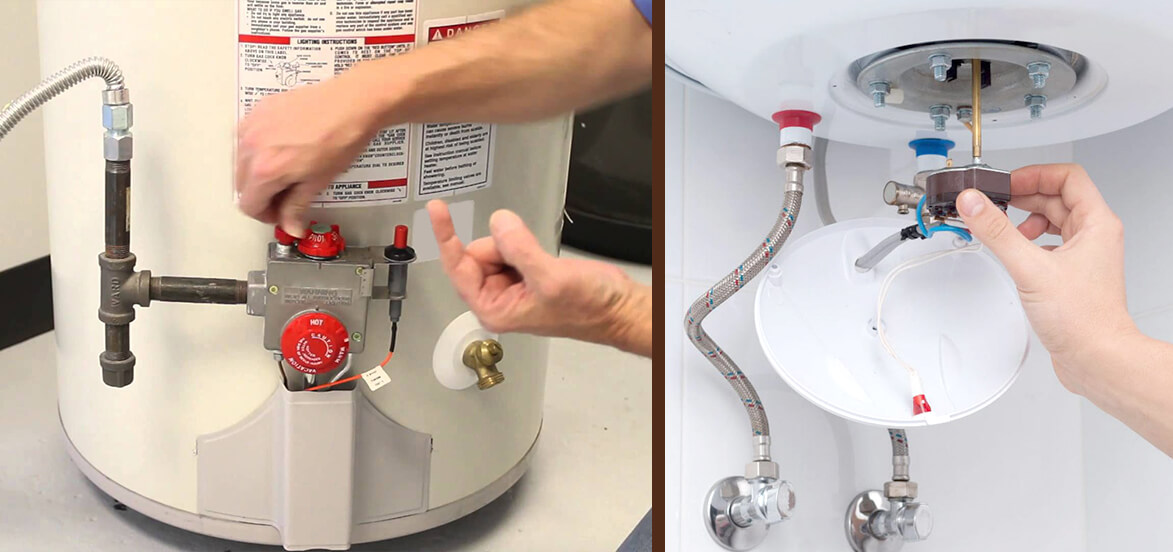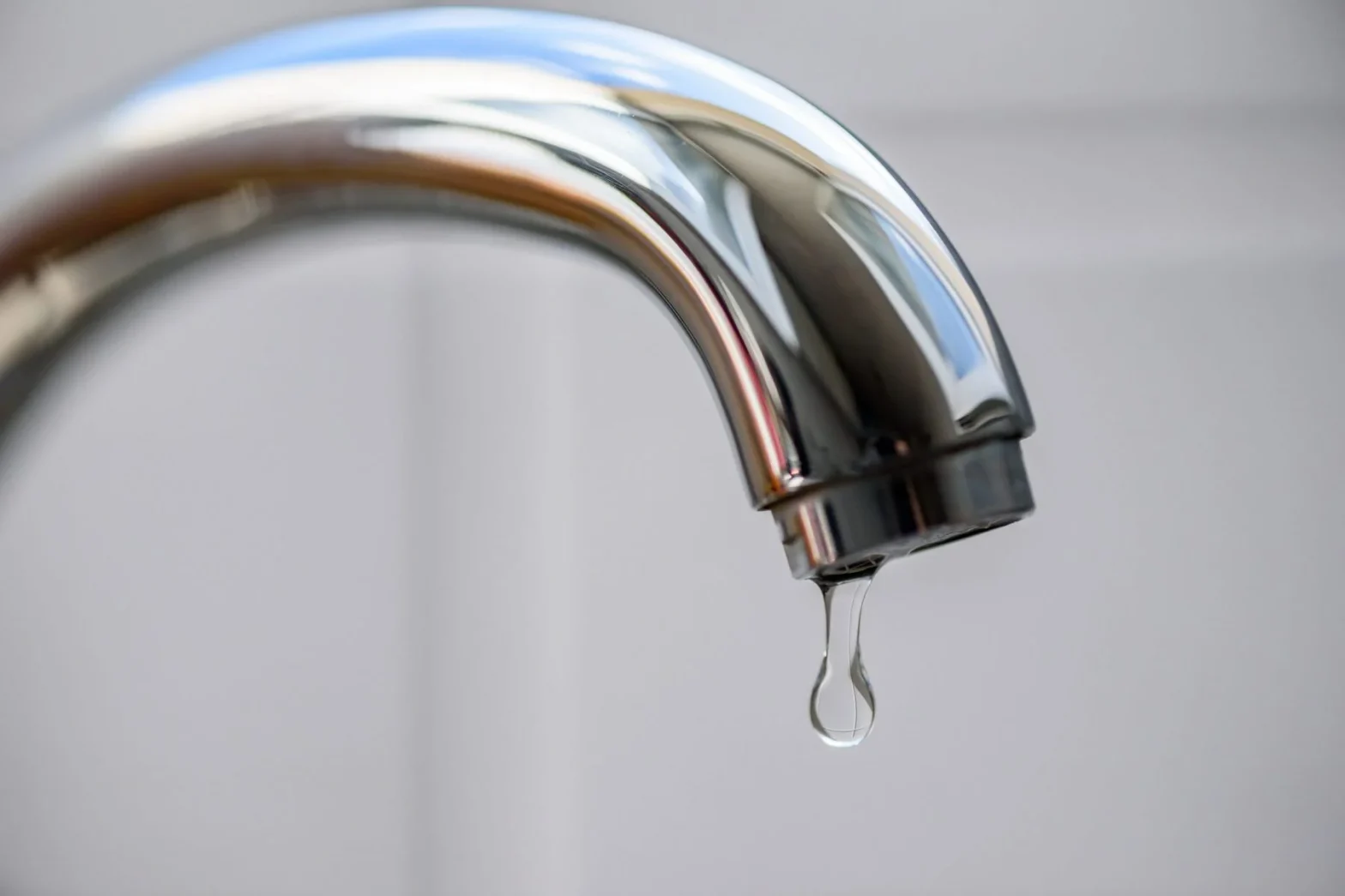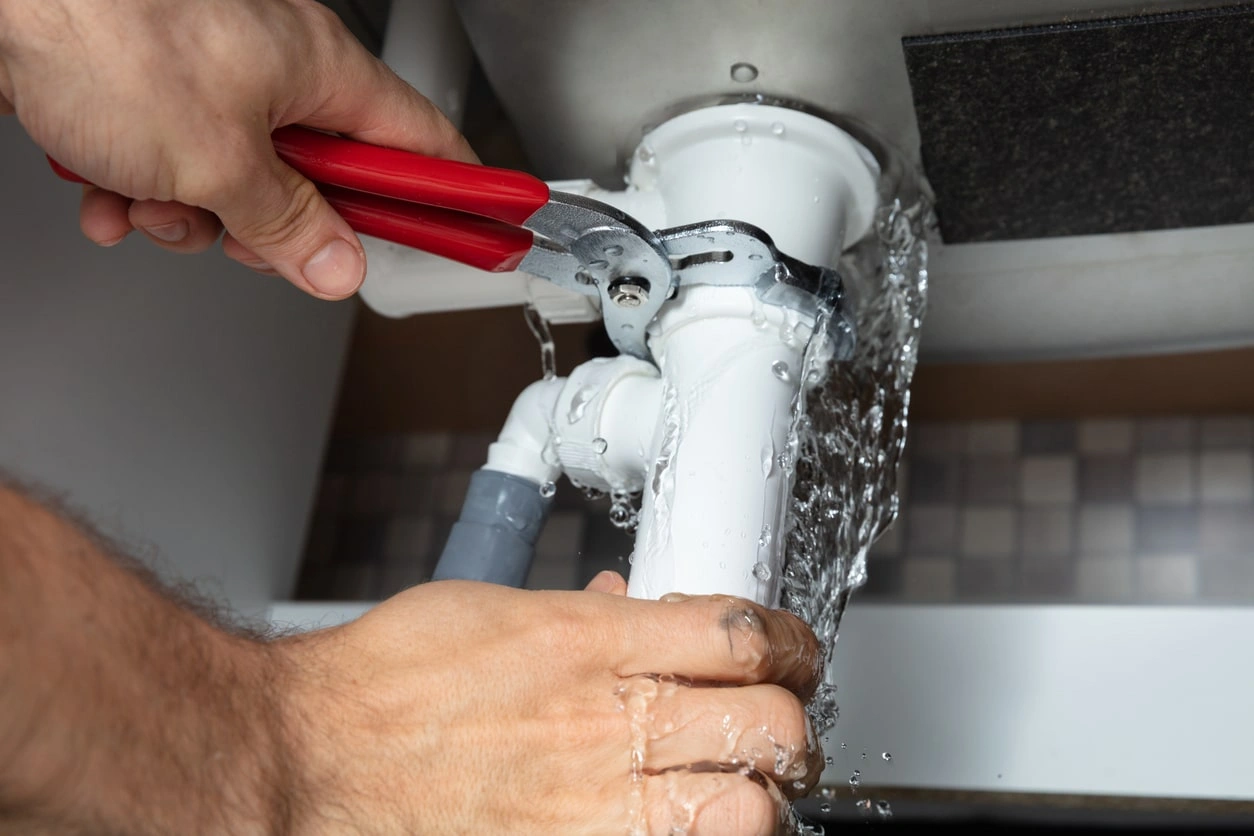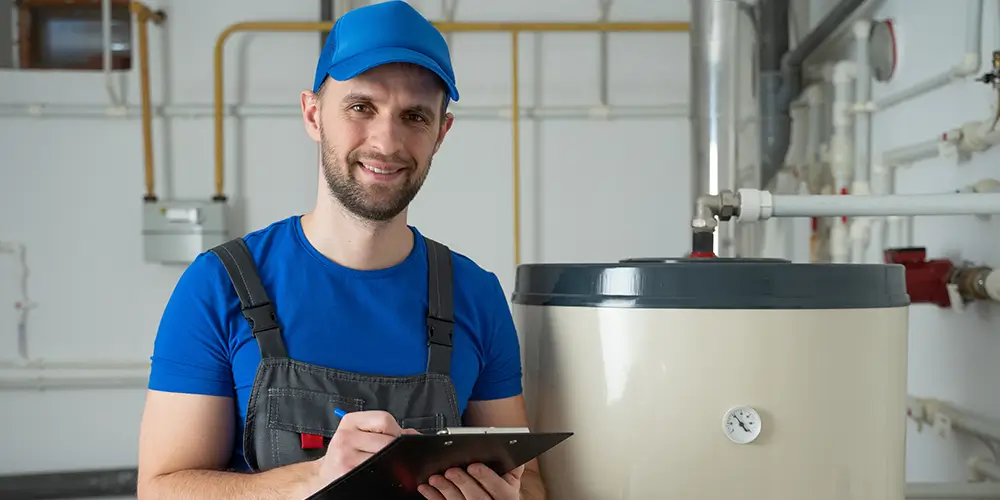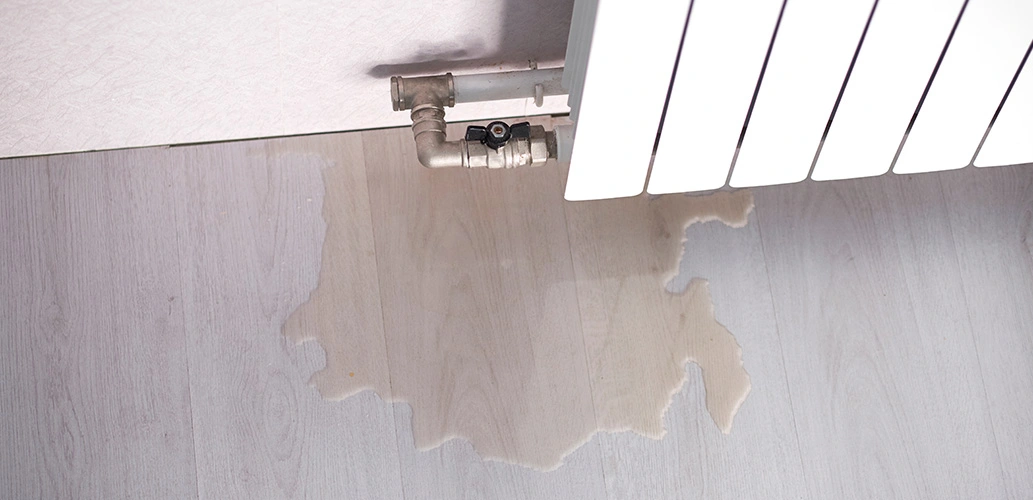What to Do When Your Water Heater Won’t Turn Off!
A water heater, commonly known as a geyser, requires close attention, just like other electronic devices. Most manufacturers install the best parts in the water heaters to adjust frequent heating and cooling. But sometimes, the water heater parts get exhausted as you are using it constantly. Strange noises, overheating, or any other warning signs are the indicators of malfunctioning, and you need to do something fast. Among them, a water leak is the major issue of the water heater that can scare you the most. Ultimately, most water heater devices are seen to produce leaks over time. This is because the characteristics of water allow it to corrode your tank thus, forming microscopic cracks and breaks.
Why Won’t The Water Heater Turn Off?
There are many reasons for the water heating system not getting turn off:
- Poor Thermostat: You can always repair a damaged thermostat. Also, damaged wiring, a broken heating sensor, or other parts can be repaired depending on the issue of the water heater. However, if the indicator or thermostat is tricky to repair, you need to replace it. Moreover, according to the latest thermostat technology, there are various preferences that you can always opt for.
- Faulty Primary Switch: When there is no issue with the thermostat, you must consider looking at the heating device. And if you have a heating system that doesn’t get turned off, the issue may be with the primary control switch. And even if the main controller is working fine, there may be a mechanical fault with your water heater and then repair it.
But what to do when your water heater does not shut down. When you consider the water heater problem, you immediately think about the heating system not turning on. However, a heating system that doesn’t get shut off is always frustrating. Moreover, while your furnace is in repeat mode, the interior of the system is likely to get hot and uneasy. Also, if you urgently require water heater repair services in Costa Mesa, you can always give a call right away to professionals.
Expert Tips To Find Out The Cause Of Troubleshooting Water Heater
A water heater system is an essential thing in the winter season. Thus, it uses great effort to deliver you hot water. Moreover, while operating for your regular hot water usage, it can get damaged without any prior notice. This often leads you to a problem, especially when you are in a hurry. Also, you may need to seek expert advice when such a thing happens.
So, today, we will tell you about the different ways to find out the causes for troubleshooting a water heater system. Here we go: Firstly, you must switch off the power cable at the circuit breaker while you are thinking about troubleshooting the heating system. There are mainly four causes of common water heater problems as given below:
1. Water Temperature
This is one of the usual causes that lead the water heater problems to occur. There are mainly three water temperature problems that can damage your water heater, and therefore, you should know how to tackle them:
Cold Water Supply: The inside water turns cold due to a heating issue. It may happen because of an error in the thermostat or a heating element issue. In this case, you just shut down the power supply and then start the procedure of troubleshooting. Subsequently, you can readjust the tripped switch, as well as reinstall with a better fuse. Also, ensure your electrical switches are working fine and the power indicators are well lit. Besides, make sure that the electricity is reaching to your thermostat.
Warm Water Supply But Not Enough Hot: When your water heater becomes insufficient to produce extremely hot water. This is possible because you may have a compact-sized water heater system, crossed connections of hot and cold water, a damaged thermostat, or a broken heating material. To handle a crossed connection, all you can do is switch off the water flow, and therefore, put on a hot water valve.
However, if you find the water flowing continuously, you may have an interconnection. And so, it is advisable to contact your professional water heater repair in Costa Mesa in such extreme cases.
Too Hot Water Supply: If the water heater supplies too hot water for you, it could be due to your thermoset being in an extreme position. You could also reset it by reading the water heater’s guidebook. However, according to the U.S Department of Energy, it is best to adjust your thermostat at 120° F for work effectively.
2. Water Leaks
Water leaks can be caused in a water heater system due to various reasons. Let us find below:
- A damaged temperature and pressure relief faucet
- Irregular water pressure
- Excess heating
- A forced valve
- A leak is caused due to a close installation of an appliance connecting to the water supply
- Unsecured heating material bolts
- A damaged nozzle
- A leak in the tank water
For fixing water leak problems in a water heater, you can verify whether there is an unsecured installation of an appliance closely connected to water supply pipes to make it stable. Also, you can look for unsecured heating material bolts for tightening it. But if there is a problem in the nozzle, you have to hire an expert for water heater maintenance services in Costa Mesa and solve the issue. Besides, you can cross-check the tank water to find any leaks that may be causing the problem in the hot water supply.
3. Dirty Water
If your tank is supplying rusty or dirty water, it may be because of corrosion occurring inside the storage tank. It happens usually when the anode rod receives failure while performing. In such cases, you are required to look for professional help and then get it repaired, as they will always suggest a solution.
4. Strange Sounds
Sometimes, deposits may get accumulated in your water heater. And this could be the cause for the water heater to produce strange sounds. All you could do is clean your water heater by throwing away the deposits. However, even if the deposits aren’t coming out of the water heater, you need to seek help from an expert or go for a replacement.
Get Rid Of Water Heater Turn Off Problems With Regular Maintenance & Repair
As discussed above, you need to keep an eye on your water heater issues. However, regular maintenance and repair of your water heater could be done in these simple steps:
1. Check The TPR Faucet
- Turn off the electricity along with the valve of cold water flow.
- Keep a container below the pipe attached to the temperature and pressure release (TPR) faucet on or beside the tank.
- Push the faucet’s key to let some water flow. And if the water persists to flow, then empty the tank to some extent, unscrew the existing faucet using a pipe wrench and fix it with a new valve.
2. Verify The Anode Rod
- You can install a pipe to the drain cock of the tank and flow a few buckets of water
- You could now adjust a 1 1/16-inch electric plug against the hex head of the rod above the water heater. And then unbolt the Anode rod. However, if the plug is a half-inch less or is covered along with calcium, it is recommended to seek a replacement. Moreover, enclose its strings using a Teflon strap, place it again within the tank, and fix it tightly. Also, prefer this divided rod when headroom on the top of the tank is restricted.
3. Clear Out The Tank And Remove The Deposits
- Clear the residual water from the tank and pour it into a container. Now, instigate the deposits found on the bottom area of the tank. You can do this by launching the cold-water flow. Keep on clearing out the water from the tap until the clean water is released from the pipe.
- Now, shut off the drain valve, replenish the tank, and then switch on the power connection.
4. Balance The Temperature
- Look for the temperature keypad present on the back of the tank and then separate its enclosure. Subsequently, raise the temperature to 120° with a flathead screwdriver. On the other side, every 10 degrees, the temperature is reduced. So, you can assume a 5% save in your energy bills.
- Switch off the water heater and adjust the thermostat to its reduced position in case you are going out of your home.
5. Use Heat Proof Pipes
- Look for some adhesive 3/8-inch sturdy foam pipe that is heatproof and adjustable to the pipe’s magnitude.
- Turn down the foam across the hot and cold water tubes close to your reach. On the other side, fireproofing of the cold water pipe helps to control moisture during summer.
- Now, remove the tape and tightly press the heatproof on the pipe. Suppose the pipe is 6 inches or lower than the shaft. All you can do is enclose it using a 1-inch solid detached fiberglass pipe enclosure.
Conclusion
Usual water heater problems occur due to a fault within the water check valve. And so, when the check valve is damaged, the water will persist flowing across the water heater system. Thus, letting the water heater remain switched on. However, if you are encountering some serious issues with your water heater system, it is advisable to hire a professional plumber to fix the defective water heater system. You can also call them to look for a specific solution for the water checking system in case you have tried the aforementioned tips.


